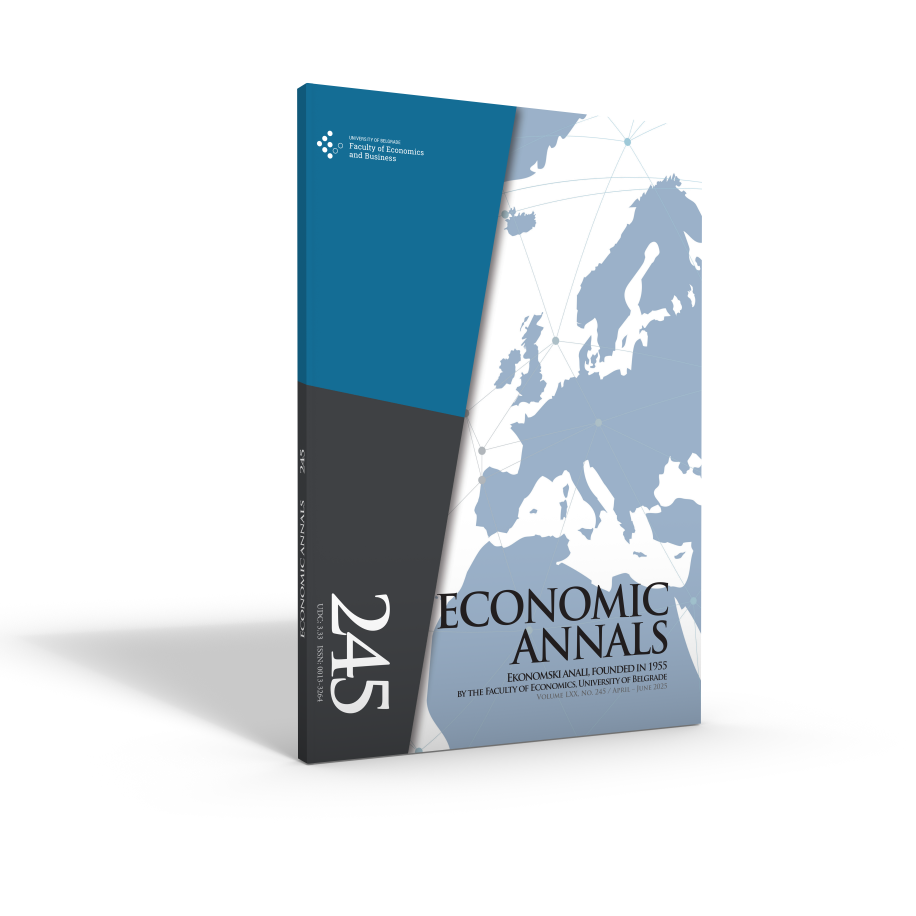EXPLORING THE LINK BETWEEN THE COVID-19 CRISIS AND NON-EMPLOYMENT IN SERBIA WHO WAS LEFT BEHIND?
##plugins.themes.bootstrap3.article.main##
##plugins.themes.bootstrap3.article.sidebar##
Dragan Aleksić
Abstract
The global health crisis that began in early 2020 also affected Serbia. The national lockdown and subsequent social distancing measures had a considerable effect on both the economy and the population. The quarantine, followed by social distancing measures, had a significant impact on the economy and population. Despite the overall satisfactory performance of the labour market, there are signs that the majority of workers who were not protected by the government’s measures either lost their jobs or even left the labour market and moved into inactivity. Therefore, instead of focusing on unemployment, the aim of the paper is to analyse the impact of the health crisis on non-employment (unemployment and inactivity). Applying the probit model to LFS data, we examined the probability of non-employment in the years before and during the COVID-19 outbreak. Controlling for the individual characteristics, we found that young and old people as well as those with a lower level of education fared slightly worse than the overall population. While the active labour market measure ‘My First Salary’ probably helped to improve the relative position of youth, the position of elderly and people with a low level of education deteriorated further in 2021.
##plugins.themes.bootstrap3.article.details##
COVID-19, labour market, non-employment, vulnerable groups, Serbia


 https://orcid.org/0000-0002-8522-7022
https://orcid.org/0000-0002-8522-7022